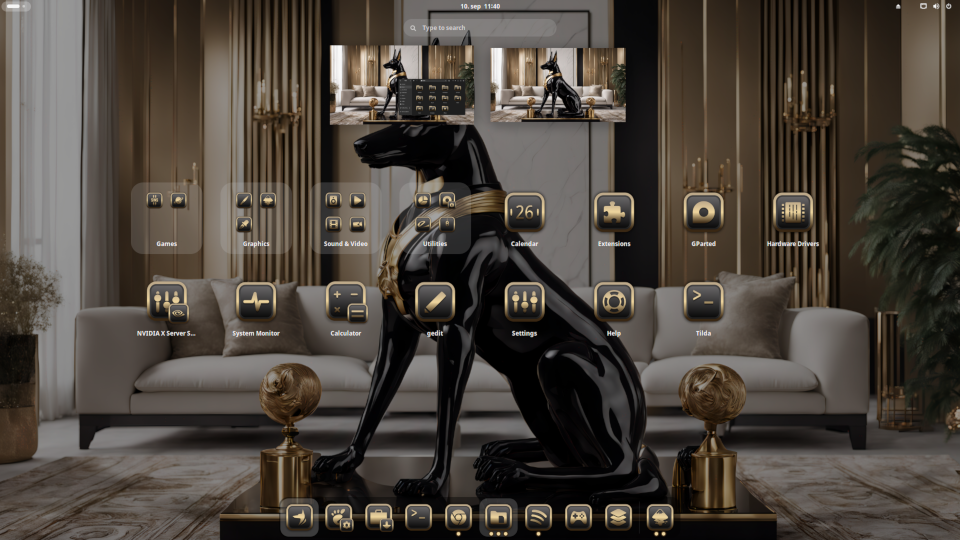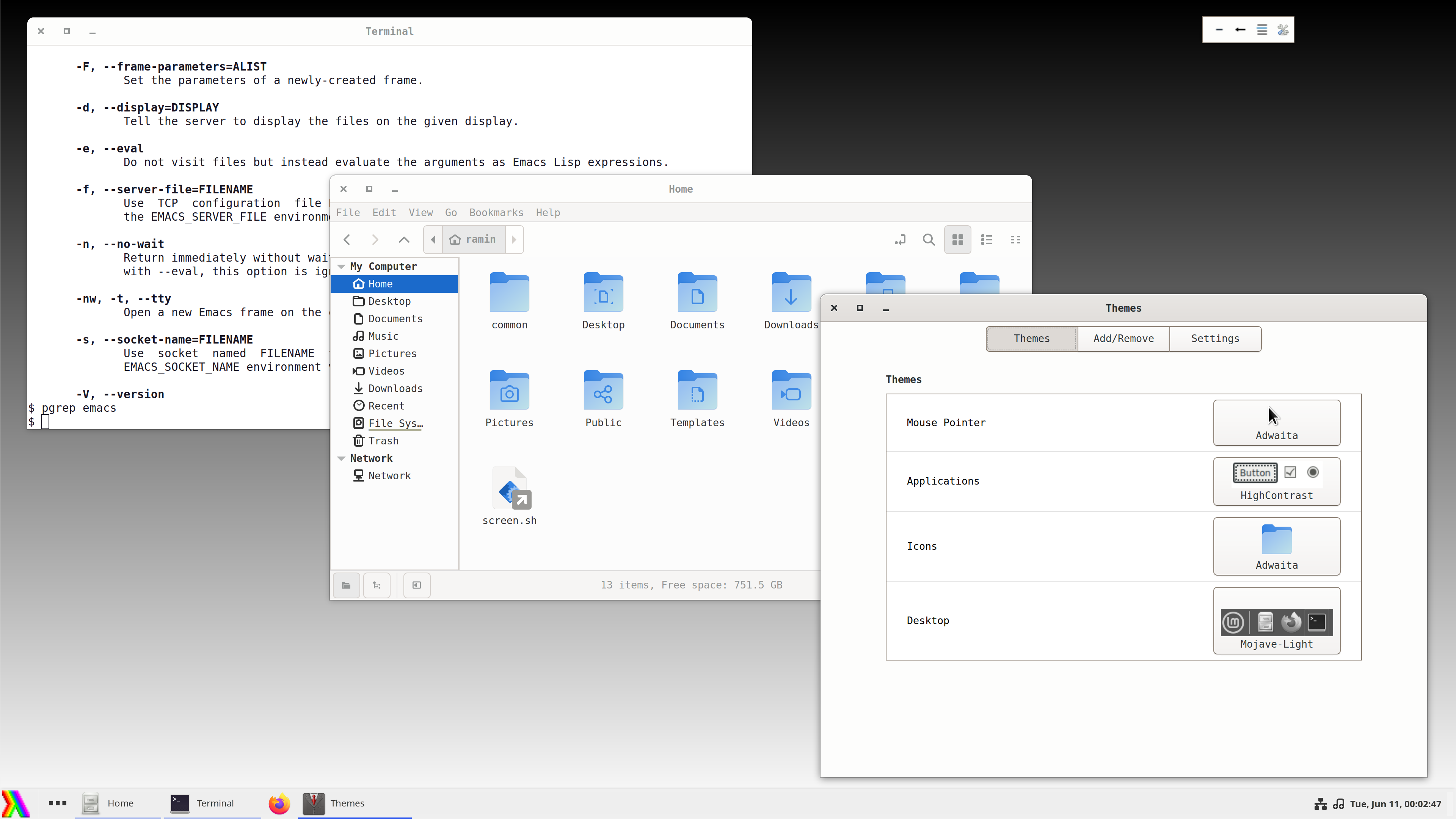No, it is because people in the Linux community are usually a bit more tech-savvy than average and are aware that OpenAI/Microsoft is very likely breaking the law in how they collect data for training their AI.
We have seen that companies like OpenAI completely disregard the rights of the people who created this data that they use in their for-profit LLMs (like what they did to Scarlett Johansson), their rights to control whether the code/documentation/artwork is used in for-profit ventures, especially when stealing Creative Commons "Share Alike" licensed documentation, or GPL licensed code which can only be used if the code that reuses it is made public, which OpenAI and Microsoft does not do.
So OpenAI has deliberately conflated LLM technology with general intelligence (AGI) in order to hype their products, and so now their possibly illegal actions are also being associated with all AI. The anger toward AI is not directed at the technology itself, it is directed at companies like OpenAI who have tried to make their shitty brand synonymous with the technology.
And I haven't even yet mentioned:
- how people are getting fired by companies who are replacing them with AI
- or how it has been used to target civilians in war zones
- or how deep fakes are being used to scam vulnerable people.
The technology could be used for good, especially in the Linux community, but lately there has been a surge of unethical (and sometimes outright criminal) uses of AI by some of the worlds wealthiest companies.


I can explain the difference between X11 and Xorg with an analogy to the web and web browsers: X11 is like HTTP, Xorg is like the Chrome browser. X11 is the protocol, Xorg is software that implements that protocol.
X11 is old, it was designed back in the 1980s and includes messages for drawing lines and circles and fonts on the screen. Also, back then there were a lot of "thin clients", computers that were basically nothing but a browser, since graphics were computationally expensive and could not be done on the client computer, graphics rendering was done server side. There are lots of messages in the protocol for handling screen updates over a computer network.
Nowadays, all personal computers are powerful enough to render their own graphics, and no one needs the display server to draw individual lines or circles on screen. Vector graphics and fonts are done at the application level, not over the network. So these these messages specified in the X11 protocol are hardly ever used. Really, most of X11 (let's say 90% of it) is not used at all, only the parts where the keyboard and mouse are defined, and how you can allocate memory to buffer a graphic and copy that buffer to the display. But you still need to maintain the Xorg software to handle everything that X11 specifies, and this is just a waste of code, and a waste of time for the code maintainers.
So basically, they decided about 10-15 years ago that since no one uses most of X11, let's just define a new protocol (called Wayland) that only has the parts of X11 that everyone still uses, and get rid of the 90% of it that no one ever uses. Also, the protocol design takes into account the fact that most modern computers do all of their own rendering rather than calling out to a server to render for them. Also the Wayland protocol design takes into account that a lot of computers have graphics cards for accelerated graphics rendering.
Since the Wayland protocol is much simpler, it is easier for anyone to write their own software which implements the protocol, these software are called "compositors." Finally, 10 years after some of the first implementations of Wayland, the protocol and compositors are becoming mature enough that they can be used in ordinary consumer PCs.